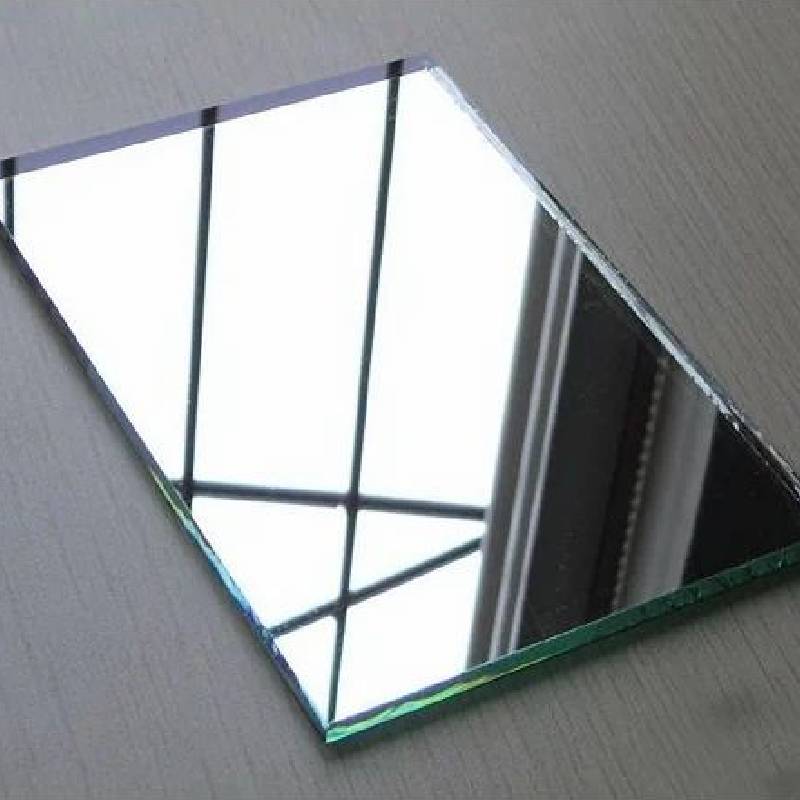

The Allure of Opaque Frosted Glass A Versatile Design Element
Opaque frosted glass is an increasingly popular design element in modern architecture and interior design, known for its unique ability to balance transparency and privacy. As spaces become more open and interconnected, the demand for materials that provide separation without confining a space has risen substantially. Opaque frosted glass meets this need, offering a stylish solution that enhances both aesthetics and functionality.
One of the standout features of opaque frosted glass is its ability to diffuse light while maintaining privacy. Unlike clear glass, which can create a sense of exposure and vulnerability, frosted glass allows natural light to flow freely through a space while obscuring the view. This makes it an excellent choice for applications such as bathroom windows, office partitions, and shower enclosures, where maintaining visual privacy is essential. The light-diffusing properties of frosted glass create a soft, inviting atmosphere, reducing harsh glare and casting gentle shadows that can enhance the overall ambiance of a room.
From a design perspective, opaque frosted glass is incredibly versatile. It can be incorporated into various styles, from minimalist and modern to more traditional settings. When used in interior doors, it provides a contemporary touch that complements stainless steel hardware and muted color palettes. In architectural applications, frosted glass can be designed into feature walls or skylights, allowing for natural light to illuminate spaces without compromising privacy. Moreover, the subtle texture of frosted glass adds depth and interest to surfaces, enhancing visual appeal without overwhelming the overall design.

In commercial settings, opaque frosted glass is particularly beneficial for office environments
. Glass partitions made from frosted material can create distinct zones in open-plan spaces, offering separation for meeting rooms or collaborative areas while still allowing light to permeate through the space. This encourages a sense of openness and connectivity among employees, contributing to a more dynamic working environment. Additionally, companies can utilize branded frosted glass, incorporating logos or designs into the frosted surface, which offers a means of personal expression in a professional context.Furthermore, opaque frosted glass is a practical choice. It is generally more durable than traditional translucent materials, standing up to moisture and wear, making it ideal for both residential and commercial use. The smooth surface is also easy to clean, requiring minimal maintenance over time. With advances in technology, frosted glass can now be produced with enhanced thermal performance, further contributing to energy-efficient building practices.
As society moves towards more sustainable living and working environments, the demand for materials like opaque frosted glass will likely continue to rise. It encourages the use of natural light, reducing the need for artificial lighting, and its timeless design seamlessly integrates with various decor styles. Its multifaceted nature not only addresses practical needs but also serves as a canvas for artistic expression, allowing designers to play with light and space in innovative ways.
In conclusion, opaque frosted glass is much more than just a functional material; it is a versatile design element that enhances privacy, encourages natural light, and offers a modern aesthetic. Whether used in residential or commercial applications, its appeal lies in its ability to create beautiful, harmonious spaces that prioritize both comfort and style. As designers and architects continue to explore its potential, opaque frosted glass will undoubtedly remain a staple in contemporary design for years to come.